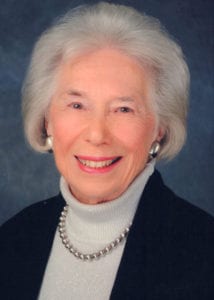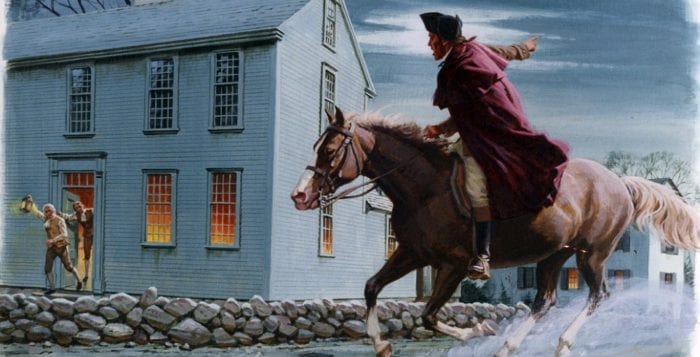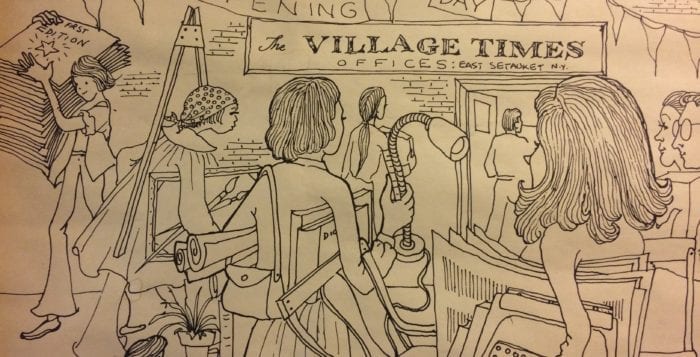
This year is a special one for the Ward Melville Heritage Organization. Based in Stony Brook Village, the not-for-profit organization is celebrating its 80th anniversary of protecting and preserving historic and environmentally sensitive properties deeded to it by Ward Melville, whose philanthropic works and foresight are legendary.
Melville’s visions for the Stony Brook area included the establishment of a world-renowned education institution, Stony Brook University (to which he donated 400 acres of land as well as personal funding); the protection of environmentally sensitive areas; educational and cultural programs; and the preservation of historic properties, dating back to the Revolutionary War, for present and future generations to experience.

The celebration with kick off with its 11th annual Jewels & Jeans Gala at Flowerfield in St. James on June 19 from 6 to 10 p.m. honoring Katharine Griffiths, executive director of Avalon Park & Preserve in Stony Brook; Andy Polan, president of the Three Village Chamber of Commerce; WMHO trustee Anna Kerekes; and Leah Dunaief, editor and publisher of Times Beacon Record News Media.

The evening will feature a cocktail hour with entertainment by Tom Manuel and The Jazz Loft All Stars. An exciting night follows with dinner, meeting this year’s honorees, raffles, a silent auction and a live auction. Prizes include a Lessing’s Fine Dining Experience for three $300 gift certificates at Mirabelle Restaurant at the Three Village Inn, Sandbar Restaurant and the View Restaurant; dinner for eight by personal Chef Lance; a four-night stay for 10 at The Dome; a VIP stargazing experience at Avalon Park & Preserve; and one night ocean view room at Gurney’s Montauk.
The fundraising goal for this 80th anniversary of the organization will be a net of $80,000. All proceeds will be used for much needed restorations to three of WMHO’s historic properties, each of which is on the New York State and National Register of Historic Places.

The Brewster House, c. 1665, is in dire need of siding and chimney repairs; the Thompson House, c. 1709, needs extensive restorations to its chimney; and the Stony Brook Grist Mill, c. 1751, the most complete working grist mill on Long Island, requires repairs to the very intricate mechanisms that are still in use today.
Funds are needed as well to continue producing WMHO’s 70-plus award-winning educational and cultural programs each year.
Tickets are $195 per person and sponsorships are also available. For more information, please call 631-751-2244 or visit www.wmho.org/jewels-jeans/.






 This was just before the world changed, just before Betty Friedan, Bella Abzug, Gloria Steinem and the invention of birth control pills. Within the following 20 years, certainly by the early 1980s, women poured out of the kitchen into the workplace, and the two-paycheck family became the norm. Values in America had changed, family income had improved, but the conversation was the same: Who will take care of the children and how will women and men — and the children at home — cope?
This was just before the world changed, just before Betty Friedan, Bella Abzug, Gloria Steinem and the invention of birth control pills. Within the following 20 years, certainly by the early 1980s, women poured out of the kitchen into the workplace, and the two-paycheck family became the norm. Values in America had changed, family income had improved, but the conversation was the same: Who will take care of the children and how will women and men — and the children at home — cope?
 Such studies were repeated in the workplace, with workers taking problem-solving and strategy tests, and the results were the same. In today’s energy-sensitive world, many office buildings are better sealed, with less fresh air seeping indoors. Another interesting fact was that not every type of test showed that same result.
Such studies were repeated in the workplace, with workers taking problem-solving and strategy tests, and the results were the same. In today’s energy-sensitive world, many office buildings are better sealed, with less fresh air seeping indoors. Another interesting fact was that not every type of test showed that same result.






